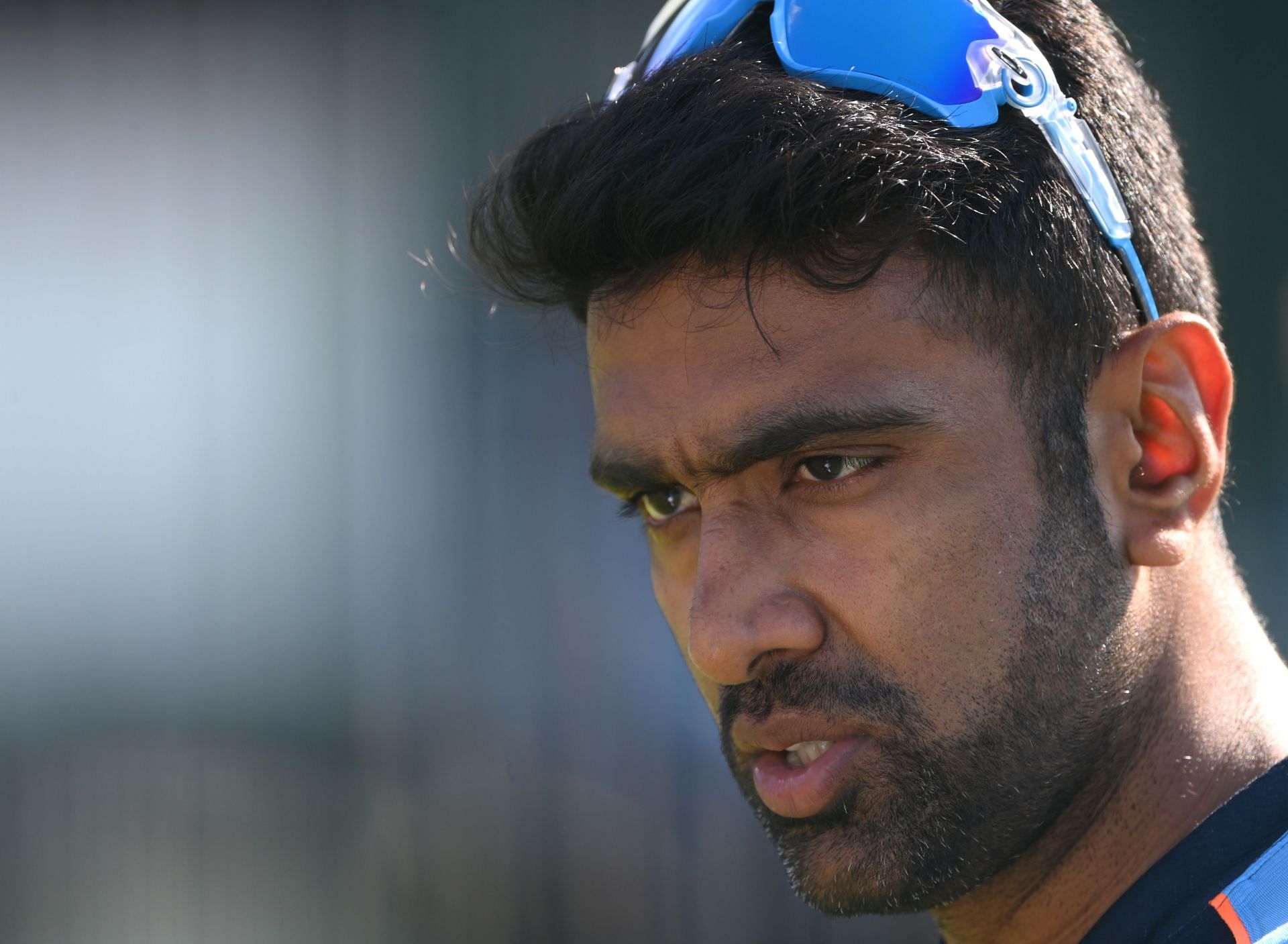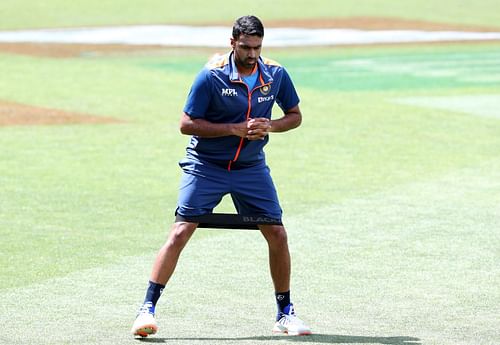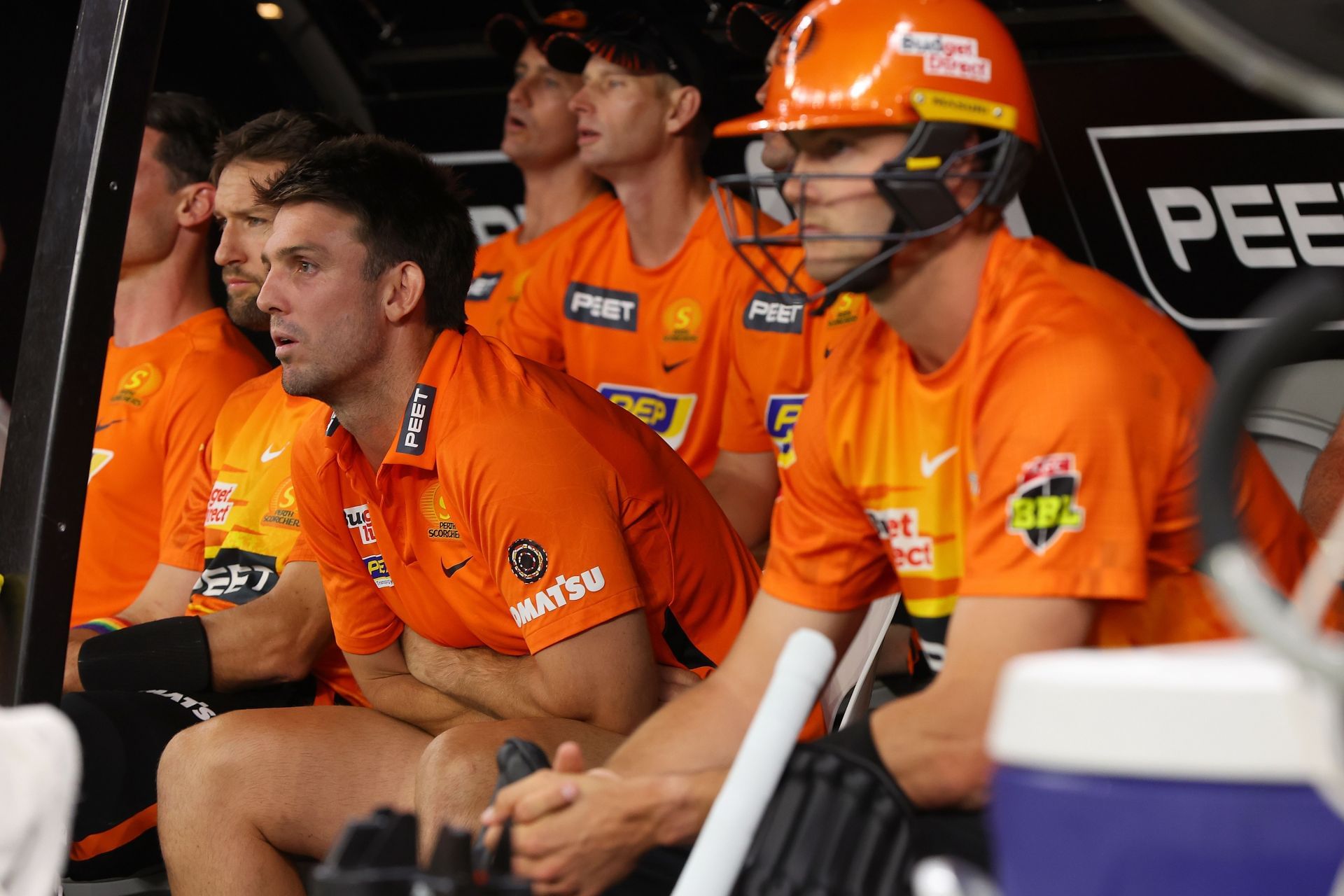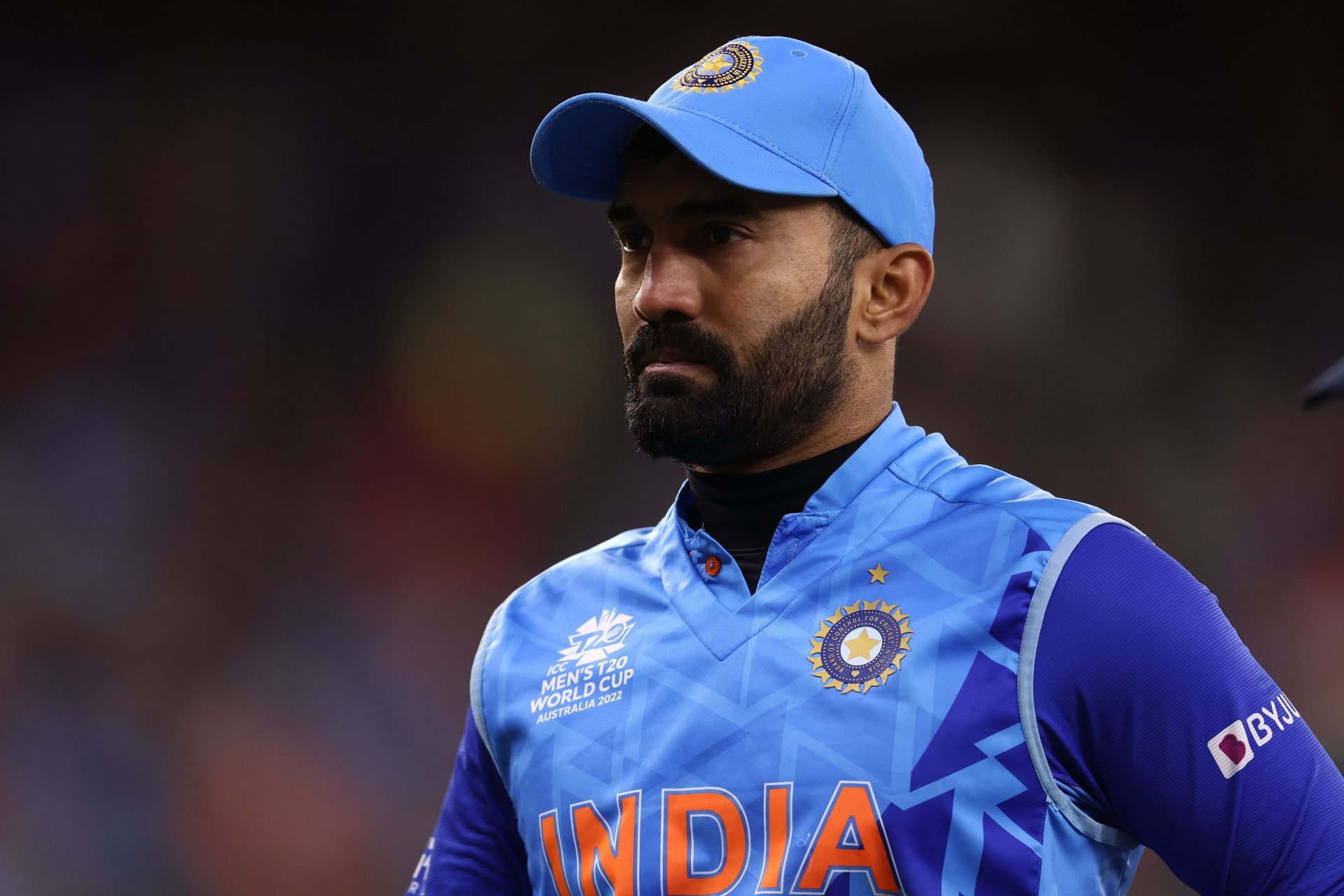
3 reasons why batters retiring out could become common in T20 cricket
The ongoing International League T20 (ILT20) recently saw another case of a batter walking back to the pavilion without being hurt or dismissed.
In a match between MI Emirates and the Abu Dhabi Knight Riders, Lorcan Tucker made his way to the dugout just before the death overs to let Nicholas Pooran and Kieron Pollard plunder some runs. Tucker was batting on 33 off 23 at the time, and Pollard hammered 43 off 17 to take MI Emirates to a winning total.
This phenomenon is bound to become more prevalent in the shortest format of the game. Ravichandran Ashwin employed this for the Rajasthan Royals in IPL 2022, and more top-level cricketers are embracing the logic behind the concept.
Here are three reasons why batters retiring out could become common in T20 cricket.
#3 The stigma associated with retiring out is slowly dying

Retiring out wasn't in consideration for a long period simply because of the stigma associated with it.
Fans and experts felt that a batter walking back to the pavilion without being dismissed was a sign of them "giving up." They felt that it was the batter's duty to stay at the crease and grind out runs even if they weren't timing the ball particularly well.
Some extreme takes even viewed it as unfair to the bowling side if a struggling batter parked himself in the dugout.
However, that's slowly changing. The odd instances when it has happened have been met with understanding rather than vitriol, and the tactic has been accepted as one that makes sense from a logical standpoint.
Just as bowlers who are having an off-day don't complete their quota of overs, batters can decide to fight their battles another day.
#2 Cricket's new innovations play into the benefits of batters retiring out

Modern-day cricket, particularly in the T20 format, has seen a plethora of inventions.
The upcoming IPL season will see the introduction of the impact player rule, one that was tried out in India's domestic T20 competition a few months ago. The BBL has pioneered a few bold modifications to the playing rules, such as the power surge.
These new ideas could play into the hands of batters who want to retire out.
For example, the impact player rule would allow a player to be part of the side just to finish off the innings at the death and play no further part in the game. Wouldn't the Royal Challengers Bangalore like it if Dinesh Karthik was in the XI just to face a few overs towards the end of the innings?
They could field an extra batter or bowler, and any wicket-keeping lapses would become a non-issue too!
Similarly, these innovations encourage the involvement of players who perform specific roles for the side. In fact, modern T20 cricket doesn't even need these gimmicks to encourage that...
#1 T20 roles are becoming heavily specialized

Even without stipulations like the impact player rule and the power surge, T20 roles are becoming heavily specialized. Each team has a certain set of players for particular scenarios, and maximing the resources at their disposal has become an overarching theme.
Top-order batters aren't expected to bat through the innings anymore; it's sufficient even if they are only around during the powerplay overs. The middle-order stabilizers aren't expected to see the innings through, with specialist finishers on hand to do what the side needs at the death.
With such roles in play, why wouldn't teams want to make the most of the specialists they have? It makes perfect sense to send in a big hitter for the last few overs even if a wicket hasn't fallen to make the process more natural.